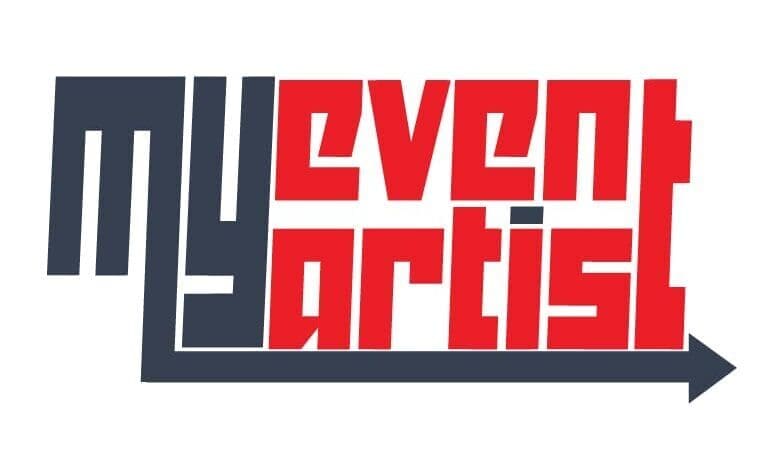This comprehensive guide will walk you through the essential steps and important considerations involved in starting your own apparel business. From market research to branding, manufacturing to marketing, this guide covers it all, providing valuable insights and tips for success.
The Ultimate Guide to Starting Your Own Apparel Business: Key Steps and Considerations
Starting your own apparel business is an exciting venture that allows you to showcase your creativity and passion for fashion. However, it requires careful planning and consideration to ensure a successful and sustainable venture. In this ultimate guide, we will walk you through the key steps and considerations involved in starting your own apparel business.

1. Define Your Brand and Niche
- Identify your target market, their demographics, and preferences.
- Develop a unique brand identity that sets you apart from competitors.
- Determine your niche and design aesthetic to establish a strong brand presence in the market.
2. Conduct Market Research
- Analyze the current market trends, consumer demands, and competitors.
- Identify gaps and opportunities in the market that align with your brand’s vision and offerings.
- Study pricing strategies and distribution channels within the industry.
3. Create a Business Plan
- Outline your business goals, mission statement, and strategies for achieving them.
- Define your target market, market positioning, and competitive advantage.
- Develop a financial plan, including budget projections, pricing structure, and sales forecasting.
4. Secure Funding
- Determine your startup costs, including sourcing materials, equipment, and initial inventory.
- Explore funding options, such as personal savings, small business loans, or investors.
- Create a comprehensive budget and financial plan to present to potential investors or lenders.
5. Source Materials and Establish Supply Chains
- Research and identify reliable suppliers that align with your quality standards and ethical values.
- Establish relationships with fabric manufacturers, trim suppliers, and other necessary vendors.
- Ensure a consistent supply of materials to meet production needs and maintain product quality.
6. Develop Samples and Prototypes
- Work with pattern makers and sample makers to create prototypes that accurately reflect your designs.
- Conduct fit and quality testing to ensure your products meet your standards and customer expectations.
- Refine your designs and make any necessary adjustments before mass production.
7. Set Up Manufacturing and Production
- Determine whether to manufacture in-house or outsource production.
- Establish relationships with manufacturers or production facilities that meet your quality, quantity, and ethical requirements.
- Implement quality control measures to ensure consistency and minimize production issues.
8. Build an Online Presence and Sales Channels
- Create a visually appealing and user-friendly website to showcase your products and brand story.
- Leverage social media platforms to engage with your target audience and build a community.
- Explore e-commerce platforms and consider selling through marketplaces or brick-and-mortar retail partnerships.
9. Develop Marketing and Branding Strategies
- Craft a compelling brand narrative and consistent visual branding across all touchpoints.
- Implement digital marketing strategies, such as content creation, email marketing, and influencer collaborations.
- Participate in industry events, fashion shows, or pop-up shops to increase brand visibility and reach.
10. Prioritize Customer Service and Feedback
- Offer excellent customer service to build trust and loyalty.
- Gather customer feedback and implement improvements based on their suggestions and preferences.
- Foster a strong relationship with your customers through personalized communication and post-purchase follow-ups.
11. Monitor and Adapt to Market Trends
- Stay informed about fashion industry trends, consumer behavior, and market dynamics.
- Continuously update your product offerings, designs, and marketing strategies to stay relevant.
- Embrace sustainability and ethical practices as they become more important to consumers and the industry.
Starting your own apparel business requires dedication, creativity, and a thorough understanding of the industry. By following these steps and considering the key factors outlined in this guide, you’ll be well on your way to establishing a successful and impactful apparel business. Remember to remain adaptable, persistent, and passionate as you navigate the exciting world of fashion entrepreneurship.

